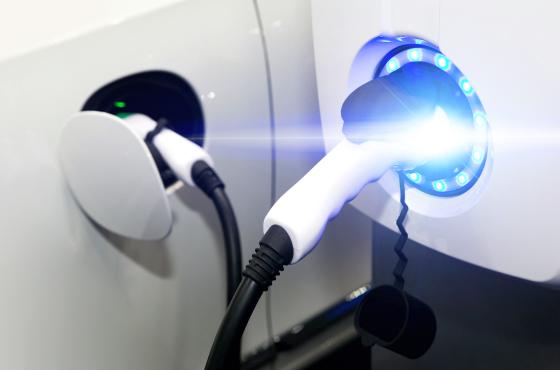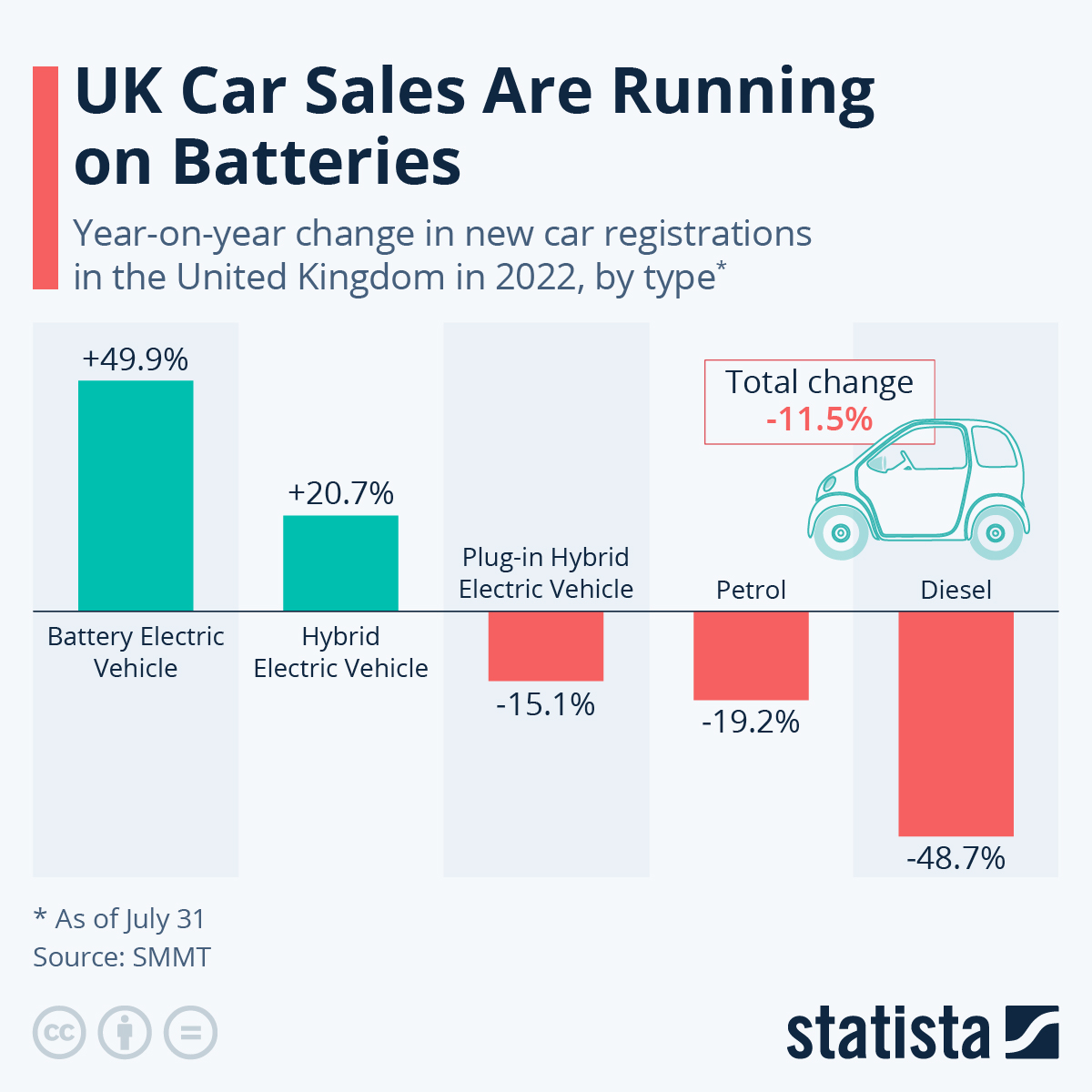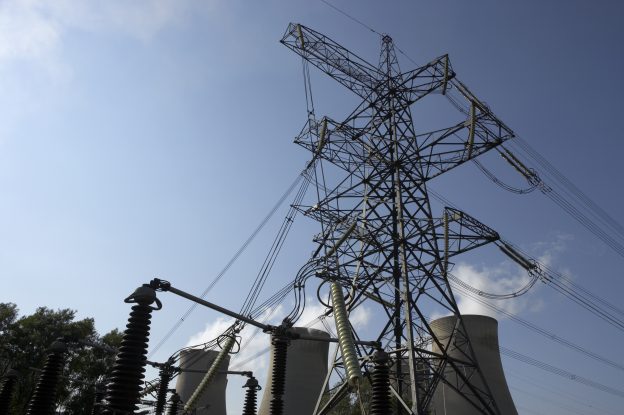Third Party Charges – Overview
When delving into Third Party Charges we can place them into three categories:
- Transportation – Suppliers use transmission (TNUoS) and distribution (DUoS) assets to transport electricity to customers, these costs include maintaining the national grid, and distributing electricity at all levels.
- CO2 Reduction & Green Targets – Schemes devised to pay renewable generators for the Electricity they produce. Renewables Obligation (RO) to support large scale renewable electricity generation. Feed in Tariff (FiT) to support small scale renewable electricity generation. Contracts for Difference (CfD) supporting investment in energy generation.
- Keeping the lights on – Ensuring that supply always meets demand – Balancing Services Use of System (BSUoS) recovering the cost when supply and demand do not match up, increases when electricity is generated from less predictable avenues such as wind. Capacity Mechanism (CM) ensuring conventional generation plants are available when Wind Generation and Solar Generation are low.
The Targeted Charging Review and CMP308 directly impact the Transportation and Balancing aspects of these Third Party elements.
Targeted Charging Review and CMP308 – What Change?
TNUoS and DUoS
- The charging structure introduces a fixed per day residual charge to TNUoS for the first time, rather than the £/MW at Triad, but also introduces new charging bands for both TNUoS & DUoS.
- The fixed per day residual charges that customers pay, will be determined by their:
- Agreed capacity for Half Hourly (HH) settled users.
- Net annual consumption for Non-Half Hourly (NHH) settled users.
- This results in TNUoS Triad charges and DUoS unit rate charges reducing, with fixed charges increasing.
BSUoS
It will be charged to end user customers only, BSUoS charges will be removed from generators. As generators will no longer have to recover these costs, Ofgem expects wholesale electricity prices to reduce, offsetting the increased BSUoS costs to end customers.
Targeted Charging Review and CMP308 – Why Change?
Ofgem have been working on several changes to how industry costs are recovered through various regulatory workstreams. Two of these workstreams; Targeted Charging Review (TCR), and the BSUoS task force (via CMP308), when finalised will lead to significant changes to how consumers pay for their use of the electricity network infrastructure.
Targeted Charging Review (TCR) will change Transmission Network Use of System (TNUoS) & Distribution Use of System (DUoS) charging, whilst the BSUoS task force has proposed to remove the Balancing Use of Service (BSUoS) charges from all Generation, and levy BSUoS charges to on demand customers only.
Why is Ofgem making changes to TNUoS and DUoS charging?
The current charging methodology favours those customers who can shift their demand to reduce their contribution to network charges, but that means other network users must make up the shortfall. Ofgem see this as unfair.
Why is Ofgem making changes to BSUoS?
To better align to the UK’s market arrangements with those widespread within other EU member states, and to provide more effective competition and trade across the EU to deliver benefits to all end consumers.
Targeted Charging Review and CMP308 – When Change?
When are Ofgem making these changes?
- The residual component of the TNUoS charge will be levied through the introduction of a volume or capacity banded fixed per site charge, to all households and businesses from April 2022.
- The residual component of the DUoS charge will be similarly changed from April 2022.
- BSUoS charges removed from Generation from April 2023.
Targeted Charging Review and CMP308 – Effects and Impacts?
What does this mean for businesses?
- If you or your customers want certainty over these costs, they’ll need to be agreed upfront:
- TNUoS & DUoS for contracts with an end date beyond 31 March 2022
- BSUoS for contracts with an end date beyond 31 March 2023.
- Where TNUoS and DUoS or BSUoS have been chosen as pass through, a monthly forecast will be shown on the invoice, and then reconciled once the rates are published.
Ultimately, as suppliers forecast these costs going forward, you and your clients will see a quite substantial increase in costs as suppliers seems to have taken a very cautious approach to these changes.
If you would like to find out more, contact us on Tel. 027 7630 8830 or email info@getsolutions.co.uk




